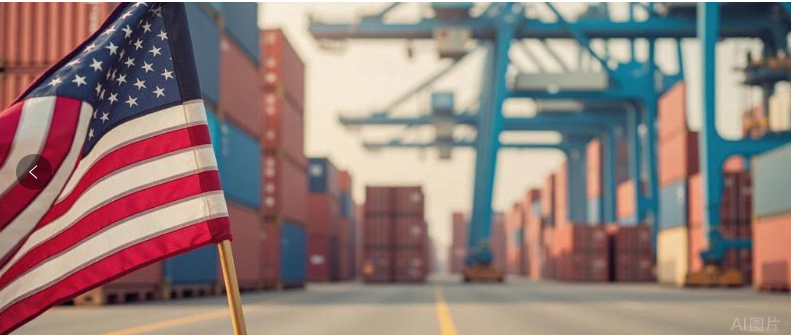
According to reports, on Thursday (April 10) local time, White House officials clarified to the media that the actual total tariff rate imposed by the United States on imports from China is 145%.
On April 9, Trump stated that in response to China's imposition of a 50% tariff on U.S. goods, he would raise the tariff rate on Chinese goods exported to the U.S. to 125% again. This 125% rate is considered a "reciprocal tariff" and does not include the previously imposed 20% tariff on China due to fentanyl.
Previously, the United States had imposed a 10% tariff on Chinese goods on February 3 and March 4, citing the fentanyl issue. Therefore, the total increased tariff rate on imports from China by 2025 amounts to 145%.

Additionally, the tariff on "low-value packages" has been raised to 120%.
This is the third adjustment within eight days regarding low-value packages. According to the latest executive order signed by Trump on April 9, starting from May 2, packages sent from China to the U.S. valued at no more than $800 will be subject to a 120% tariff. Just two days prior to this, the rate was 90%, which has now increased by 30 percentage points.
The order also specifies that:
From May 2 to May 31, low-value packages entering the U.S. will incur a tariff of $100 per item (previously $75);
Beginning June 1, the tariff for packages entering will rise to $200 per item (previously $150).
Experts say that once tariffs exceed 60%, further increases make no difference.
In a discussion on U.S.-China tariffs with Professor Zheng Yongnian, Director of the Qianhai International Institute for Advanced Studies at the Chinese University of Hong Kong (Shenzhen), he mentioned:
Zheng Yongnian: The tariff war is limited. Once tariffs reach 60%-70%, it’s essentially the same as raising them to 500%; no business can be conducted, which means decoupling.
On Thursday, Trump threatened that if countries cannot reach an agreement with the U.S., he would alter the 90-day suspension of "reciprocal tariffs" for specific countries and restore tariffs to higher levels.
This also indicates that the U.S. has run out of options; its harsh tariff impositions have faced criticism both domestically and internationally, and such actions are unlikely to persist in the long run. The Chinese side has consistently maintained a strong stance, stating that coercion, threats, and extortion are not the correct way to engage with them.
Our main service:
·Sea Ship
·Air Ship
·One Piece Dropshipping From Overseas Warehouse
Welcome to inquire about prices with us:
Contact: ivy@szwayota.com.cn
Whatsapp:+86 13632646894
Phone/Wechat : +86 17898460377
Post time: Apr-11-2025








